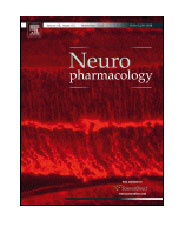
“Trigeminal neuralgia is a disorder of paroxysmal and severely disabling facial pain and continues to be a real therapeutic challenge.
At present there are few effective drugs. Here we have evaluated the effects of the synthetic cannabinoid WIN 55,212-2 on mechanical allodynia and thermal hyperalgesia in a rat model of trigeminal neuropathic pain produced by a chronic constriction injury (CCI) of the infraorbital branch of the trigeminalnerve (ION).
Taken together, these results suggest that cannabinoids may be a useful therapeutic approach for the clinical management of trigeminal neuropathic pain disorders.”








